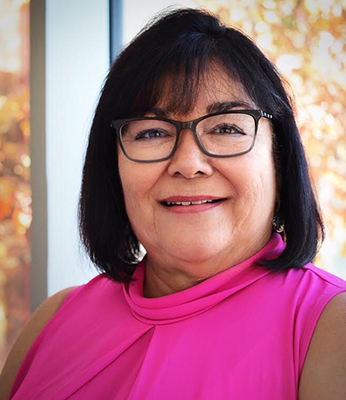
March 14 marks a significant milestone for York University with the release of its inaugural Annual Report on Black Inclusion (2021).
The annual report comes one year after York released the guiding documents Addressing Anti-Black Racism: A Framework on Black Inclusion and the accompanying Action Plan on Black Inclusion: A Living Document for Action (2021) to the University community for consultation and review.
The Annual Report on Black Inclusion (2021) presents an overview of more than 300 events, workshops and initiatives that took place at the University since the release of the framework and action plan. It is an important part of the University’s commitment to accountability and transparency contained in both guiding documents. The report also highlights the University-wide effort that is underway to address the 81 action items outlined in the framework and action plan.

“We heard a consistent message during the consultations on the importance of accountability and transparency,” says Vice-President People Equity and Culture Sheila Cote-Meek. “Black faculty, instructors, staff and students all emphasized the importance of accountability. An annual report is an opportunity to report back to the community on progress made on the 81 action items in the Action Plan on Black Inclusion: A Living Document for Action (2021).”
For Professor Carl James, senior advisor on equity and representation in the Office of the Vice-President of Equity, People and Culture and the Jean Augustine Chair in Education, Community and Diaspora, there’s an important theme articulated in the annual report. “What stands out the most is the responsiveness from various divisions, Faculties and units to the work of addressing anti-Black racism,” he says. “It is good to see the level of engagement and commitment. In terms of the Division of Equity, People and Culture, I think one of the action items that I hope will continue to create meaningful change is the establishment of the Advisory Council on Black Inclusion.

“We will continue the implementation of the action plan and work closely with the Advisory Council on Black Inclusion to ensure the work remains relevant and meaningful,” adds James.
While the number of initiatives outlined in the annual report is both significant and inspiring, Cote-Meek says there is still much to do to implement the 81 action items contained in the plan. “I hope that the York community realizes that while there is much work that needs to be done to address anti-Black racism at all levels, we have not only made a commitment to change but that we are enacting that change,” says Cote-Meek. “I hope that the York community will be inspired by the work being done, but importantly that people will use this as an opportunity to reflect on what they can do.
“My hope is that the work we are doing today will contribute to mobilizing systemic changes to ensure York University is a safe, open and equitable place to study and work.”
